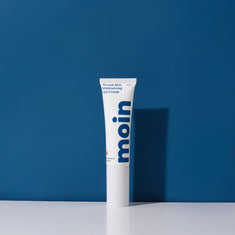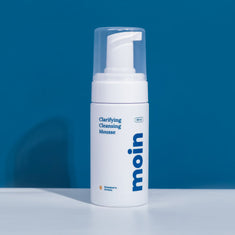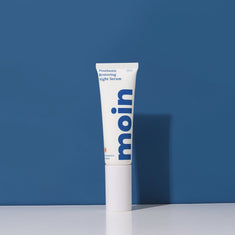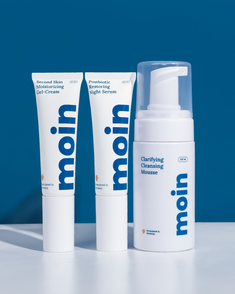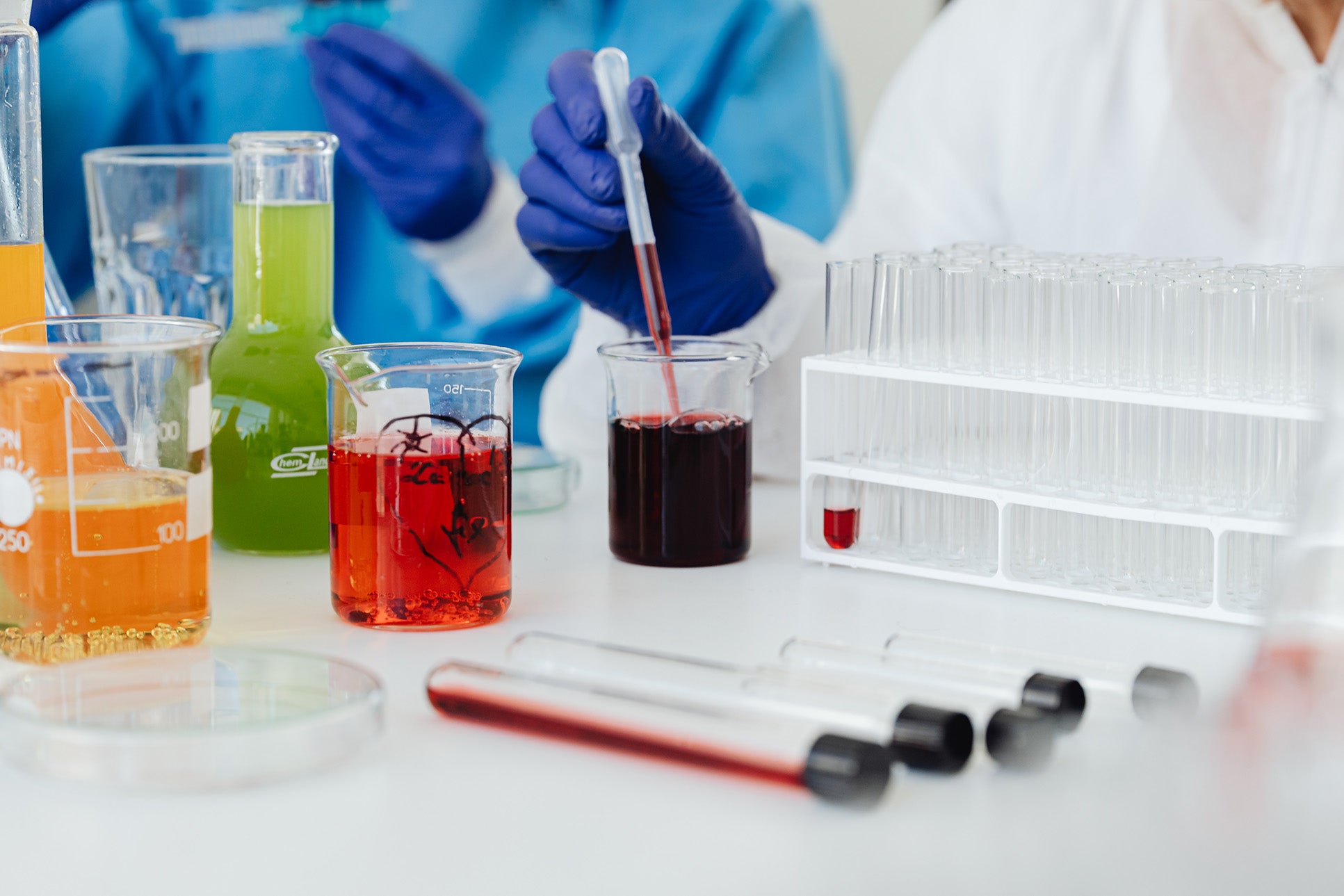The Role of pH in Cosmetics
Accumulated research suggests that the physiological pH of the skin is slightly acidic, which is 4.7. This is due to the fact that there is a fine film called the 'acid mantle', which is made up of a mixture of sebum and sweat produced by sebaceous and sweat glands from the dermis, as well as other substances naturally occurring in the skin such as ceramides and enzymes. The protective acid mantle plays an important role in protecting the surface of the skin from harmful pollutants such as viruses and bacteria that can potentially invade our bodies.
Maintaining the skin's natural pH is beneficial as its deviation can compromise the skin's barrier function. The skin becomes dry as a result of trans-epidermal water loss and scaling of the outermost layer of the epidermis, known as the stratum corneum, increases.
Not only that, a deviation of the skin's pH from its accepted range can disrupt the skin's natural micro flora, which helps to resist microbial attack, thus lowering the risk of bacterial infection.
The importance of pH compatibility of a cosmetic product
Although our skin naturally adjusts to its normal pH when exposed to more acidic or alkaline products, most cosmetic products are formulated to match the skin's pH to minimize potential dryness and skin irritation. With the exception of soap, which has a pH between 9 and 10, most cosmetic products on the market have a pH range between 4.5 and 6. These types of products are referred to as "pH skin neutral".
Apart from maintaining the pH condition of our skin, in the field of cosmetic formulation, pH adjustment is essential for the functionality of some ingredients. As an example is the preservative. Most preservatives are pH dependent. This means that they can only be active at a certain pH or pH range. If the pH of the product is not compatible, the preservative will most likely not be able to protect the formulation from microbial contamination.
But what is actually pH?
Let's get into the basic chemistry. pH or Potential Hydrogen is a scale used to measure the acidity and alkalinity of an aqueous solution. In other words, we should not worry about the pH of our body butter or lip balm because pH is only relevant when water is present.
The pH of a solution depends on the concentration of hydrogen ions (H+) and hydronium ions (H3O+) and ranges on a scale of 1 to 14, with 1 being the most acidic and 14 being the most basic. As a neutral substance, water has a pH of 7.
Please note that the pH scale is not linear but logarithmic. This means that the difference between pH 3 and pH 4 is not 1, but 10 times its H+ ion concentration.
Measuring the pH value
In self-stirring, universal indicator stick or paper are the reliable tools for measuring the pH. They are cheap, quick and easy to use, even for those who are not well acquainted with chemical experiments.
All you have to do is dip the stick or strip briefly into the solution whose pH you want to measure. After a few seconds, the strip changes color depending on how acidic or basic the solution is. Next, compare the color with the table provided in the package.
Despite its user-friendliness, the indicator strip gets a little tricky if you want to get a narrow range for the pH of your formulation. For that, you need a more advanced instrument like a pH meter to get a more accurate result.
Adjusting the pH of the cosmetic formulation
The pH adjustment is done in the final step of manufacturing a cosmetic product, after adding the active ingredients & perfume, which usually are added when the mixture has been cooled down to room temperature. Typically, cosmetic formulators use citric acid solution to lower the pH or sodium hydroxide solution to raise it. Alternatively, one can use 80% or 90% lactic acid or triethanolamine.
